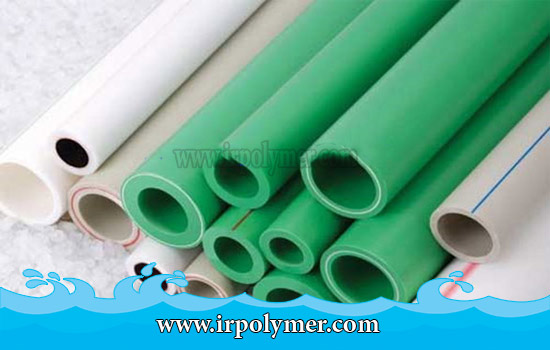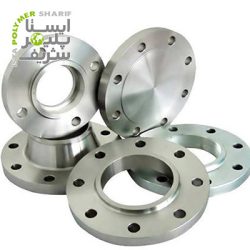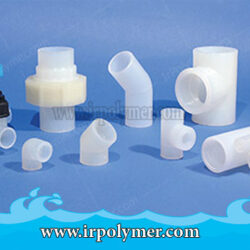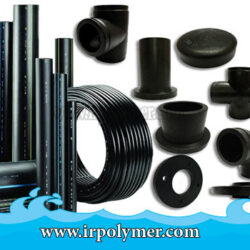Polypropylene (PP) pipes are widely used in the industry due to their lightweight, abrasion resistance, weldability, and thermal and electrical insulation properties. These pipes can withstand temperatures up to 90°C for long periods and 110°C for short periods without deforming. Additionally, they exhibit high resistance to chemicals such as acids, aqueous solutions, salts, and alkaline substances. Available in green and white, these pipes are classified into three types: isotactic, syndiotactic, and atactic. They are extensively used in building plumbing and connections, and due to their lower cost compared to cast iron and metal pipes, they serve as suitable alternatives.
Applications of Polypropylene Pipes
ABtank polypropylene pipes have good flexibility, making them suitable for various applications, including:
- Use in secondary plumbing connections
- Use in sewage systems
- Use in chemical drainage systems
- Use in industrial processes, especially water transfer
- Distribution of cold and hot water
- Use in compressed air lines
- Automotive industry
- Shipbuilding industry
- Compatibility with acidic and alkaline environments
- Medical industry
- Chemical industries
Advantages of Polypropylene Pipes
Polypropylene pipes have several notable advantages, such as recyclability, which pleases environmental advocates and reduces plastic pollution. These pipes have a smooth and polished surface both inside and out, facilitating the unobstructed flow of fluids. Being sound and temperature insulators, they do not transmit the noise of flowing fluids. Furthermore, these pipes are long-lasting, with a lifespan of up to 50 years, reducing plumbing costs and the need for frequent repairs. They are also algae-resistant, ensuring that the taste and color of the fluids remain unchanged. Another advantage is their resistance, hardness, and low density against acids and bases, along with abrasion resistance.
Disadvantages of Polypropylene Pipes
One significant disadvantage is their lack of resistance to sunlight, which can cause them to break. Therefore, they should be used alongside other pipes and in smaller, limited areas.
Technical Specifications of Polypropylene Pipes |
|||||
| Pressure resistance at 20°C | 20 atmospheres | ||||
|---|---|---|---|---|---|
| Pressure resistance at 85°C | 10 atmospheres | ||||
| Lifespan | 50 years | ||||
| Usable temperature range | -21°C to 95°C | ||||
| Manufacturing standards | TS EN 1451 – EN1852 | ||||
| Density | 0.9 g/cm³ | ||||
Dimensions and Weight of Polypropylene Pipes |
|||||
| Outer Diameter (mm) | Inner Diameter (mm) | Size (inch) | Thickness (mm) | Weight per Meter (kg) | |
|---|---|---|---|---|---|
| 20 | 13.2 | ½ | 3.4 | 0.172 | |
| 25 | 16.6 | ¾ | 4.2 | 0.226 | |
| 32 | 21.2 | 1 | 5.4 | 0.434 | |
| 40 | 26.6 | ¼ 1 | 6.7 | 0.671 | |
| 50 | 33.2 | ½ 1 | 8.3 | 1.05 | |
| 63 | 42 | 2 | 10.5 | 1.65 | |
| 75 | 50 | ½ 2 | 12.5 | 2.34 | |
| 90 | 60 | 3 | 15 | 3.36 | |
| 110 | 73.2 | 4 | 18 | 5.04 | |
| 125 | 83.2 | 5 | 20.9 | 6.49 | |





